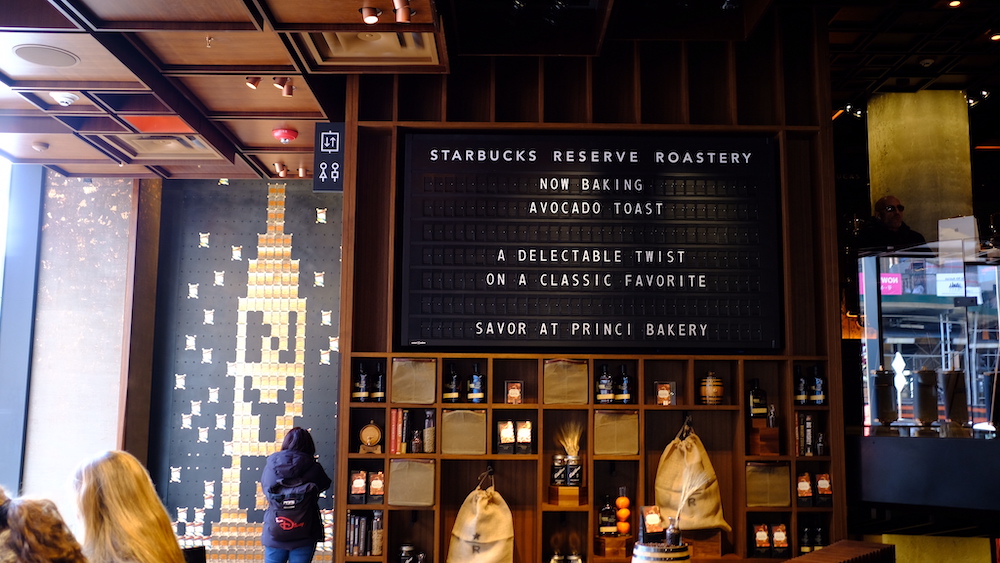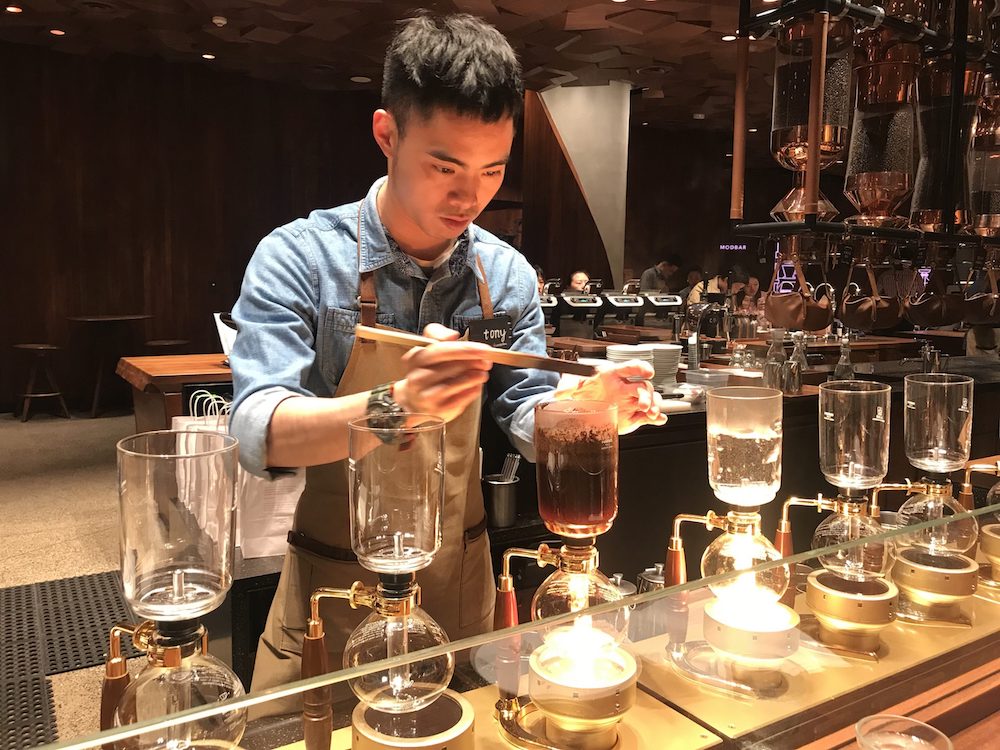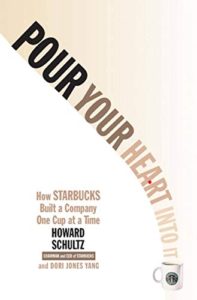SCHULTZ’S ‘ROCK’N’ROLL MOMENT’
For Howard Schultz, the barista moment was a revelation. While on a business trip to Milan in 1983, the then 30-year-old marketing manager, Schultz, was fascinated by the virtuosity of the Italian baristi preparing his espresso. For Schultz, this was the essence of coffee culture; this was what he wanted to bring home to Seattle; this was what could enrich the life of his fellow Americans. He decided this was what his own company should be all about – and, indeed, that’s how it turned out. Schultz rolled out his idea by buying the original Starbucks and made it a global success; something he has in common with Ray Kroc from McDonalds.
CREATING A BIG TRANSFORMATIONAL IDEA – “THIRD PLACE”
Howard translated his coffee dream into a Big Transformational Idea: THIRD PLACE. Starbucks vision was to become the Third Place in people’s daily lives – home comes first, work comes second and Starbucks is next; creating a strong emotional connection to and bond with their customers, by providing all the comfort of home and office. Over the years, Starbucks had to reimagine the Big Transformational Idea (new store concepts, supermarket distribution, tea offerings, etc.). Consequently, the “Third Place” is no longer dependent on physical presence at Starbucks. You get the Third-Place-Feeling wherever and whenever you are in touch with Starbucks products.

LIVING YOUR BTI PRINCIPLES IS HARD, BUT REWARDING
When Schulz left in 2000, the barista moment disappeared. Seven years later, the company was wobbling. Revenue was still rising, but sales per restaurant was falling: Somehow, Starbucks had lost its appeal. Schultz found the reason when he ordered a coffee: The coffee machines had become so big that the customers could no longer see the barista preparing their espresso – without this visibility, the magic was gone. One of the five senses added some experience, too: the coffee was no longer roasted in the restaurant, a measure that improved the efficiency, but detracted from the odour in the outlets – what is a cafeteria without the scent of freshly-roasted coffee? Added to this, to Schultz’s horror, milk was no longer individually foamed for every single cup of cappuccino, but for several cups at once.
Again, efficiency was greater, but the experience value was much reduced.
When Schultz returned as Starbucks CEO in 2008, he decided to bring the barista moment back into the company. On the afternoon of 26th February 2008, all 7100 Starbucks cafés in the USA closed their doors for a 3-hour barista workshop. Every single Starbucks employee had to relearn what it meant to make a perfect espresso. When the cafés reopened the next day, the biggest difference was not the quality of the espresso – but the attitude of the staff. They had understood that the core competence of Starbucks is coffee.

Ten years later, on 29th May 2018, Starbucks repeated this drastic closure measure – but this time, it was not about coffee. 8000 US stores were closed for four hours to conduct racial-bias training for Starbucks’s nearly 175,000 US workers. This action resulted from the arrest of two black men in a Philadelphia Starbucks café – they were regarded as suspicious by the staff although, in reality, they were just waiting for a friend. The training was “a transformational moment in the history of Starbucks”, said Howard Schultz. It was a transformation that once again led back to the roots – to the sense of community that formed an integral part of the Third Place idea.
OUR MUST READ TIP FOR YOU:
Pour Your Heart Into It: How Starbucks Built a Company One Cup at a Time.
“Former CEO and now chairman emeritus Howard Schultz illustrates the principles that have shaped the Starbucks phenomenon, sharing the wisdom he has gained from his quest to make great coffee part of the American experience.
The success of Starbucks Coffee Company is one of the most amazing business stories in decades. What started as a single store on Seattle’s waterfront has grown into the largest coffee chain on the planet. Just as remarkable as this incredible growth is the fact that Starbucks has managed to maintain its renowned commitment to product excellence and employee satisfaction.“(Click here.)

